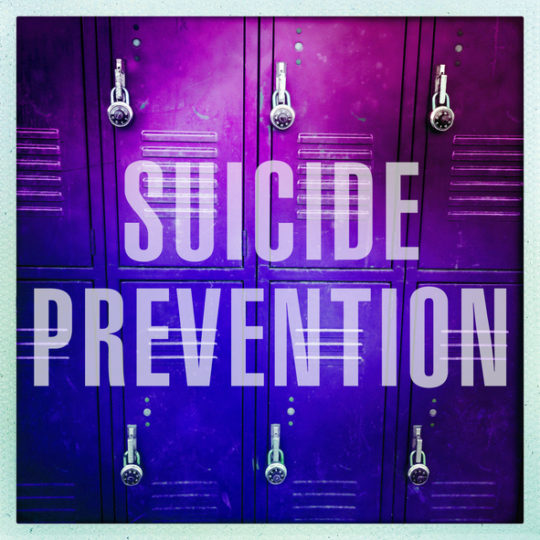Are you ready for the new Joint Commission requirements effective July 1, 2019 for suicide risk assessment? TJC has revised National Patient Safety Goal (NPSG) 15.01.01. There are seven new and revised elements of performance.
We covered this topic in previous posts on our TJC & CMS News Blog: NPSG 15: Q&A on New Requirements and NPSG 15: Changes Coming in 2019.
We continue to receive questions from readers on the details of the new requirements. So, we’re sharing those with you to support your efforts on this initiative.
Validated Suicide Risk Screening Tools
Q: The new requirement is to use a “validated screening tool” for suicide risk screening. What exactly does “validated screening tool” mean?
A: A validated screening tool is an instrument that has been psychometrically tested for reliability (the ability of the instrument to produce consistent results), validity (the ability of the instrument to produce true results), and sensitivity (the probability of correctly identifying a patient with the condition).
Examples of validated screening tools for suicide risk include the PHQ-2 , the Patient Safety Screener, the TASR Adolescent Screener, and the ASQ Suicide Risk Screening Tool.
The Columbia-Suicide Severity Rating Scale (C-SSRS) can be used for both screening and more in-depth assessment of suicide risk. There are three versions of the C-SSRS. The Lifetime/Recent version gathers lifetime history of suicidality as well as any recent suicidal ideation and/or behavior. The Since Last Visit version assesses suicidality since the patient’s last visit. The Screener version is a truncated form of the full version.
Q: Can we modify the screening tool to fit our population and our setting?
A: When using a validated screening tool, you should not modify the wording of the questions. Even slight changes in wording can affect the accuracy of the tool.
Evidence Based Process for Suicide Risk Assessment
Q: There’s a requirement to use an “evidence based” suicide risk assessment process. What is meant by an “evidence based” process?
A: That brings us to the broader definition of Evidence Based Practice (EBP.) EBP integrates three basic principles: (1) The best available research evidence re whether and why a treatment works. (2) Clinical expertise to identify the patient’s unique condition and diagnosis. (3) The patient’s preferences and values. In short, an evidence-based approach continually looks at new research and studies and re-evaluates practice based on findings.
Thus, an evidence based suicide risk assessment process will use an approach and tools that have evidence of effectiveness. That is, they have evidence of positive outcomes. The Suicide Prevention Resource Center has excellent information on evidence based practice.
Examples of evidence based suicide risk assessment tools include the C-SSRS and the SAFE-T Pocket Card: Suicide Assessment Five-Step Evaluation and Triage for Clinicians.
Suicide Risk Screening vs. Suicide Risk Assessment
Q: Are we required to use a two-step process whereby we screen first and then conduct a full assessment for patients who screen positive for suicide risk? Or can we do the screening and assessment all in one step?
A: You can use a two-step process: conduct the screening first and then, if indicated, conduct a full assessment. Alternatively, you can also use a single process to simultaneously screen for suicide risk and assess the severity of that risk.
Policies and Procedures
Q: Do we need written policies or procedures describing our suicide risk assessment process?
A: Yes. At a minimum, the policies/procedures should address the following:
- How you will monitor patients who are at high risk for suicide
- Guidelines for reassessment of patients
- Counseling and follow-up care at discharge for patients with suicide risk
- Training in suicide risk assessment and competence assessment for staff
Data Collection and Performance Improvement
Q: There’s a new requirement for monitoring the effectiveness of our suicide risk assessment process. What does that require?
A: Essentially, you must monitor your compliance with the policies/procedures you’ve established for your suicide risk assessment process. This means auditing and collecting data on whether the suicide risk screenings and assessments are conducted timely and thoroughly, and whether patients receive appropriate interventions based on their level of suicide risk. Clinical leadership should review this data and take action as needed to improve performance.
For more information and resources on the revised National Patient Safety Goal for suicide prevention, see the TJC R3 Report: Requirement, Rationale, Reference.
Evaluation of Suicide Risk Assessment on Mock Surveys
When we conduct our TJC mock surveys, we scrutinize your suicide risk assessment process. We take a deep dive into this area to make sure you’re meeting all the requirements. Through our Joint Commission survey preparation services, we advise on best practices and tools we’ve seen used nationwide.


